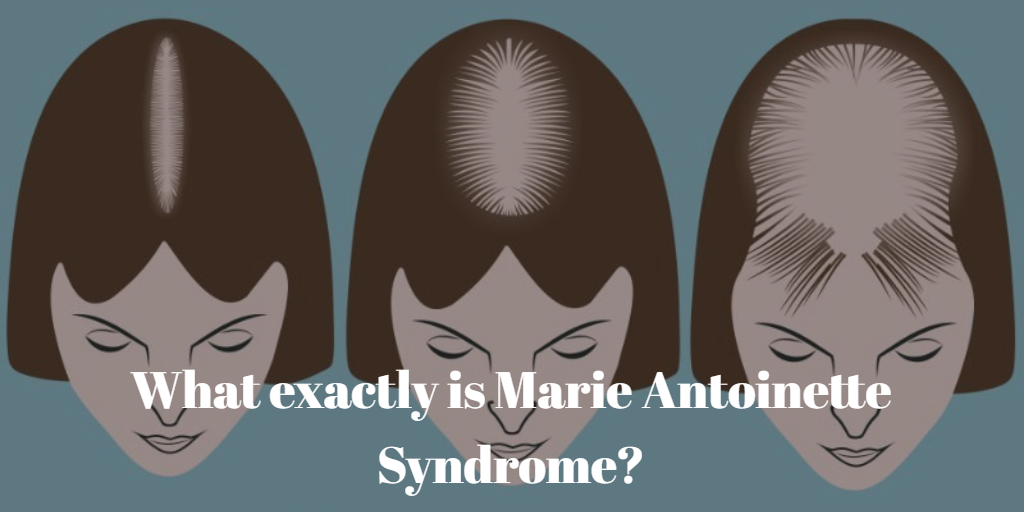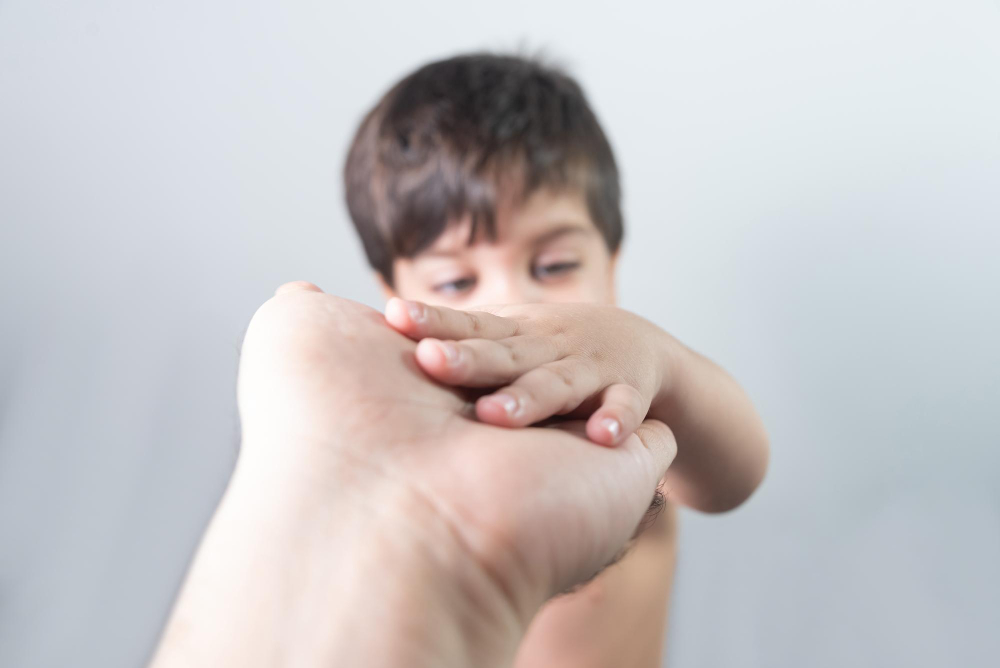Stiff Person Syndrome, or SPS, is a rare autoimmune disorder that causes muscle stiffness and spasms. SPS affects about one in a million people worldwide and has no known cure. People with SPS experience progressive loss of mobility and function as their muscles become rigid and painful.
What triggers Stiff Person Syndrome?
SPS is caused by an abnormal immune response that targets a protein called glutamic acid decarboxylase (GAD), which is involved in the production of a neurotransmitter called gamma-aminobutyric acid (GABA). GABA is responsible for inhibiting the activity of the nerve cells and the muscles. The immune attack on GAD reduces the levels of GABA, leading to increased muscle activity and contractions.
The exact cause of the immune response is unknown, but it may be triggered by genetic, environmental, or infectious factors. Some of the factors that may worsen the symptoms of SPS include:
- Stress, anxiety, and emotional distress
- Physical stimuli, such as noise, touch, or temperature changes
- Infections, such as viral or bacterial infections
- Medications, such as benzodiazepines, opioids, or steroids
- Hormonal changes, such as menstruation, pregnancy, or menopause
The symptoms of SPS usually start in adulthood and vary from person to person, but may include:
- Muscle stiffness and spasms, especially in the trunk and the limbs
- Postural instability and difficulty in walking, standing, or sitting
- Hyperlordosis (excessive curvature of the lower spine)
- Difficulty breathing, swallowing, and speaking due to muscle involvement in the chest, throat, and face
- Sensitivity to physical stimuli, such as noise, touch, or temperature changes
- Anxiety, depression, and social isolation due to the impact of the condition
People with SPS have normal intelligence and life expectancy, but they face physical and psychological challenges due to their condition.
Are there effective treatments for SPS?
There is no cure for SPS, but there are some treatments that can help manage the symptoms and improve the quality of life of people with SPS. These treatments include:
- Medications: Some medications can help reduce muscle stiffness and spasms, such as baclofen, diazepam, clonazepam, and gabapentin. These medications act by increasing the levels of GABA or mimicking its effects. However, these medications have side effects and may lose their effectiveness over time. Other medications that can help modulate the immune system, such as immunoglobulins, corticosteroids, or rituximab, may also be used in some cases.
- Surgery: Surgery is not a common treatment for SPS, but it may be considered in severe cases that do not respond to medications. Surgery involves implanting a device called an intrathecal baclofen pump, which delivers a continuous dose of baclofen directly into the spinal fluid. This can help reduce muscle stiffness and spasms, but it also carries risks of infection, bleeding, and malfunction.
- Physical therapy: Physical therapy can help maintain the mobility and function of the muscles and joints, as well as prevent contractures and deformities. Physical therapy can include exercises, stretching, massage, and electrical stimulation to relax the muscles and improve the blood circulation. Physical therapy should be tailored to the individual needs and abilities of each person with SPS.
- Occupational therapy: Occupational therapy can help people with SPS adapt to their daily activities and environment, as well as provide assistive devices and equipment that can enhance their independence and comfort. Occupational therapy can also help with education, employment, and social participation.
- Psychological support: Psychological support can help people with SPS cope with the emotional and social impact of living with a rare and disabling disease. Counseling, therapy, and peer support groups can provide emotional and mental health support for people with SPS and their families.
Coping strategies for Stiff Person Syndrome patients
Coping with SPS can be difficult, but there are some ways that can help people with SPS deal with the stress and challenges of their condition. Some of the coping strategies that can help people with SPS include:
- Practicing relaxation techniques, such as deep breathing, meditation, and yoga
- Engaging in positive self-talk and affirmations, such as “I am strong and capable” or “I can overcome this”
- Expressing their feelings and emotions, such as through writing, drawing, or talking to someone
- Seeking humor and laughter, such as by watching a funny show or reading a humorous book
- Asking for and accepting help and support, such as from family, friends, or professionals
- Setting realistic and achievable goals, such as learning a new skill or completing a task
- Celebrating their achievements and accomplishments, such as by rewarding themselves or sharing with others
- Finding meaning and purpose in their lives, such as by volunteering, mentoring, or donating
Conclusion
Stiff Person Syndrome, or SPS, is a rare autoimmune disorder that causes muscle stiffness and spasms. SPS has no cure, but some treatments can help manage the symptoms and improve the quality of life of people with SPS. SPS is a challenging condition that requires medical, physical, and psychological support for people with SPS and their families. By increasing awareness and research on SPS, we can hope to find better treatments and a cure for this rare and debilitating disease.


